After Lori Harvey publicly announced last year that Pilates was the secret to her toned figure, I (alongside many other young women) converted into a loyal disciple of the mind-body exercise.
However, it was not until months after I entered my Pilates era that I noticed that there is a skewed perception of the workout from those unfamiliar with it – primarily men and “gym-bros,” if you will.
Many Pilates videos that flooded my TikTok “for you” page showed girls taking their boyfriends to their first class. The women documented their boyfriend from their initial assumption that Pilates is “just stretching” to feeling shell-shocked by the end.
I noticed that people in my inner circle also held this misconception. Since I started taking Pilates classes, my brother, now and then, will incredulously ask me, “Is it really that hard?” to which I exasperatingly respond, “Yes!”
This phenomenon points to underlying issues with the perception of heavily female-dominated activities. However, the stigma around Pilates also exposes the pressures to abide by and perpetuate regressive gender stereotypes that underpin these conspicuous gendered limitations within physical activity.
The History of Pilates’ Demographic
The irony of many men invalidating the difficulty of Pilates is that it is antithetical to their attitude toward it originally – when it was a masculine exercise.
Joseph Pilates developed it in the early 20th century to rehabilitate German prisoners and injured soldiers during World War I. The men and women who Pilates trained applauded his methods. Pilates soared in popularity across the globe and flourished into a well-respected strength training method.
Largely thanks to Jane Fonda and Raquel Welch, women started flocking to Pilates. Many of them employed it as a technique to tone their bodies and socialize. From then on, the feminization of Pilates ballooned into one of the most trendy exercises among women today.
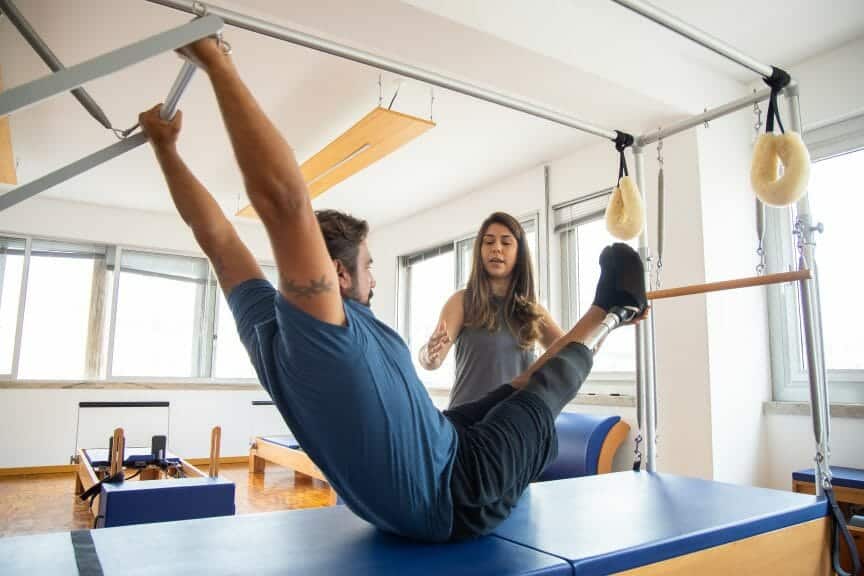
An effective workout for anyone, Pilates is one-of-a-kind.
A core-focused workout, Pilates is unlike any other type of conditioning because it “connects to deeper muscle tissue” than other exercises, said Sami Mennell, a certified Pilates instructor.
It activates your slow-twitch muscle fibers that improve endurance and create a sculpted physique.
Since it has a low impact on your joints, “it’s really good for your body at any stage of your life,” Mennell said.
Even if you are recovering from surgery or an injury, you can safely build strength, flexibility, and good posture.
“I’ve actually trained clients who had struggled with chronic low back pain for years, and it was core-focused Pilates that cured them,” said Cory Fereirra, a certified Pilates instructor.
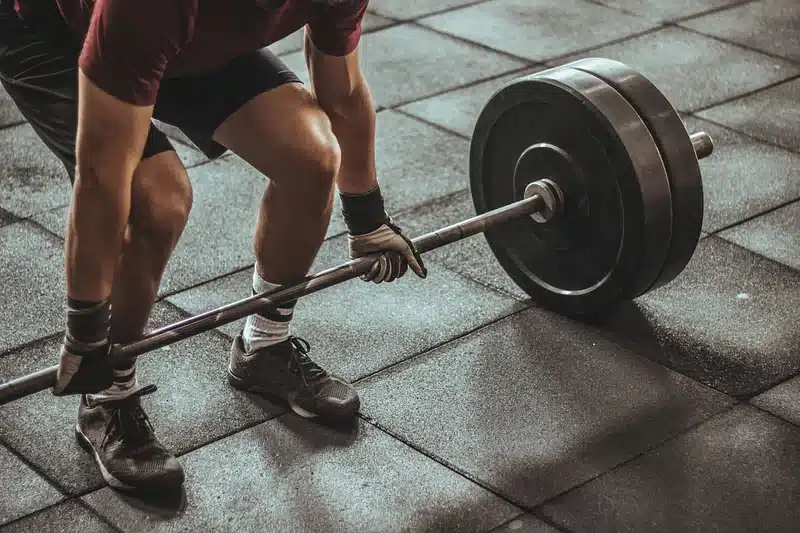
Why the push transcends the pull of Pilates for many men
This all being said, it seems irrational as to why there is such a glaring misconception of Pilates. However, much of it boils down to guys trying to meet the criteria for “proper manhood.”
For one, many people who have not tried Pilates don’t connote it with strength. Pilates uses resistance springs, unlike a typical gym that supplies barbells and weight-stacking machines.
“I think that men can’t see a way to big muscles through Pilates,” Fereirra said.
The hyperconcern with muscularity is practically ubiquitous among boys and young men.
Almost a quarter of them practice muscle-building techniques, often to an unhealthy extent, reported Harvard Health.
Our culture teaches boys that muscles are an essential part of proper masculinity. The media ingrains into boys the notion that a well-built frame is indispensible for respect, power, and heroism. (Captain America couldn’t save the country and join S.H.I.E.L.D before taking the “super-soldier serum” to “bulk-up.”)
Furthermore, there is a linkage between competitiveness and masculinity regarding exercise. Many guys subscribe to the hypercompetitive mentality championed by our culture, Mennell said.
“[Men are] looking for a number to PR (personal record),” Mennell said. “They’re looking for these numbers to beat each time they work out. [With Pilates], they don’t have something to tangibly wrap their heads around.” Consequently, the workout seems futile to them.
Connoting Pilates with frailty and softness – attributes that our culture associates with emasculation – dissuades them from attempting it and strips them of the power to explore their own enjoyments.
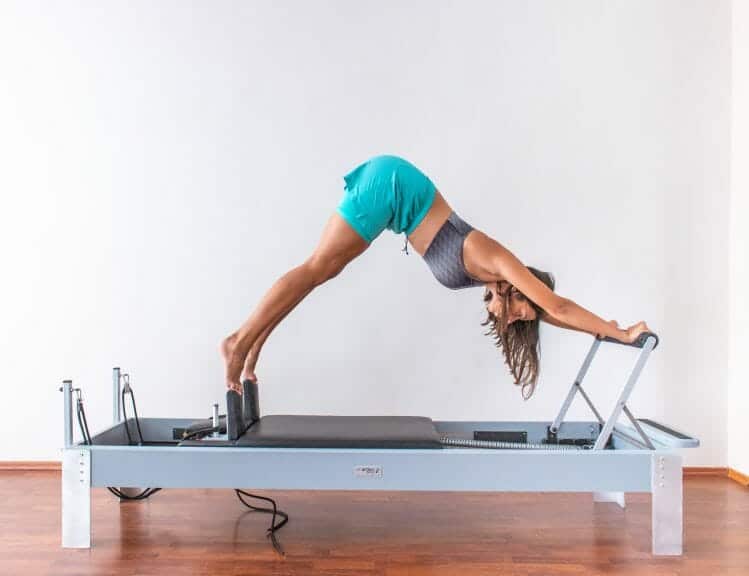
Invalidating the Workout and Women’s Abilities as a Consequence of its Feminization
Due to the feminization Pilates, many men presume erroneous ideas about it and the women who do it.
Minimizing women’s activities and domains and weaponizing a woman’s biology in the context of physical capacities is regressive. Misogynistic comments invalidating “women’s” exercises sustain the archetype that all women are physically weaker than men, render a woman’s strength invisible and bolster the narrative that women are inherently inferior to men.
Despite many women using Pilates to feel empowered, ideas about female deficiency challenges that.
There is a contradictory ethos within modern workout culture; exercise is marketed as a source of empowerment while vestiges of 1950s prejudice lurk in the shadows, including the underlying belief of fitness sex segregation. In the 1970s, proponents of female liberation strove to popularize Jazzercise to subvert entrenched ideas about female fragility. It gave women a space devoid of subjugation because of their gender, contrary to the prior segregated bodybuilder clubs.
The negative connotation around Pilates today reinforces the gender binary and discloses a hierarchy within fitness culture undergirded by structural misogyny: men’s well-being and the pursuits that foster it often transcend that of women.

Activities with a Large Female Demographic Are Typically Not Taken Seriously
This issue exceeds just Pilates, however.
In my article, “How Barbie Reclaimed the Color Pink,” I discussed how Barbie galvanized women and young girls to celebrate their womanhood despite being ridiculed for their enjoyments linked to girlhood for so long by our society.
Teenage girls, for example, and their hobbies are often targets of public ridicule, often described as “basic.” Their favorite artists and television shows don’t as easily receive the same critical acclaim or respect as those with a male-heavy fanbase.
“To be a teenage girl is to simultaneously be pop culture’s ultimate punching bag, cash cow, and gatekeeper,” Vox reported. “Consistently, teenage girls drive popular culture forward and then get mocked for their troubles.”
In her article, “Don’t Call Them Trash,” Sophie Gilberts argues the complexity and value of romance novels – literature predominantly consumed by and written for women – and how they can be catalysts for women reclaiming their agency despite many people reducing their power.
“…any work that dares to give its whole focus to the subject of female desire, its unapologetically incongruous elements, and its imaginative energy, just can’t seem to escape the stigma of “trash,” Gilbert reported. It’s “easier” for society to label them that than to recognize the complexity and beauty within them.
Women’s desires are far too often dismissed and shoved under the rug. Their toils to wrest a modicum of delight and relief from a world plagued with atrocities and injustice – whether that be picking up a steamy book or taking a Pilates class – often bear contempt to ensure women remain secondary characters, diminish its potency and, as Gilbert emphasized, the “revolutionary power inherent in women expressing and exploring what they really want.”
The Future
These attitudes toward women, whether in the form of discreet micro-aggressions or the underlying beliefs that shepherd men’s workout choices, stress macro-level harm to men and women. As clarified earlier, this is a systemic issue that also maims many men who are meanderingly searching for acceptance and the things that our culture emphasizes they should seek. They are also covered in wounds from existing inside a patriarchy determined to protect tradition by perpetuating ideas that women and their joys are less than. By learning about female-populated spaces and activities (like Pilates) and rejecting misconceptions about it and what manhood looks like, we can dismantle rigid and inopportune stereotypes key to healthy co-existence and building mutual respect for one another.


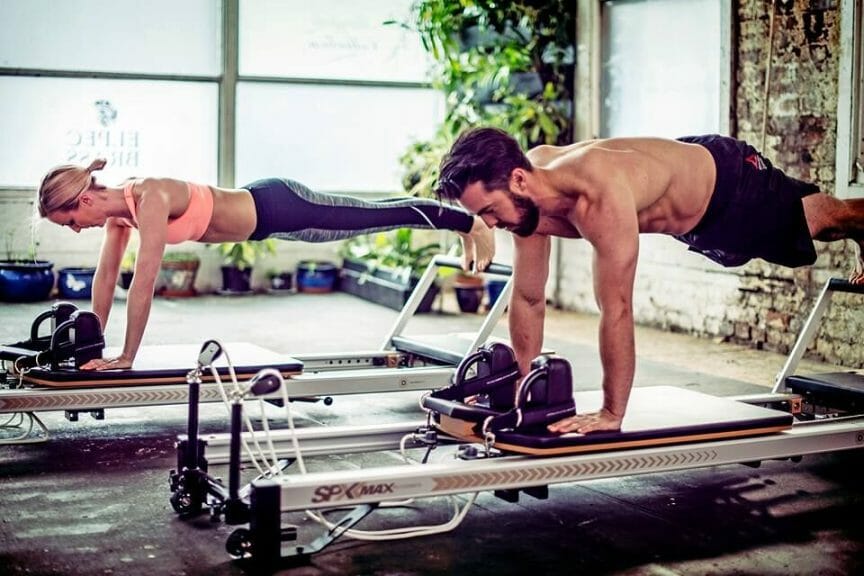










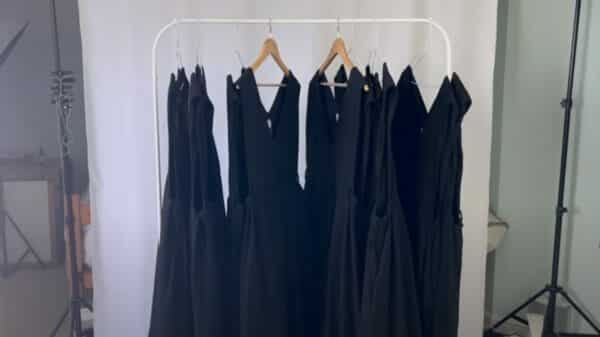

John Lawson
April 3, 2024 at 4:54 pm
Paige, I came across your article, which I found interesting, well-written, and flawed. I’m an older male who’s been practicing Pilates for 14 years, and I’m training be an instructor. I can tell you that what you call “micro aggressions” regarding male attitudes toward Pilates are a two-way street. Nearly all of my instructors over the years have been women and nearly all use non-inclusive cues like “bra-line” and “high heels.” Instructors frequently refer to the class as “girls” and talk about “girl butts” and other body parts or “bikini bodies.” Yes, I know where the “bra-line” is! But the language makes me feel invisible. If the Pilates industry wants men to take it more seriously, then they (and you) should take men more seriously.